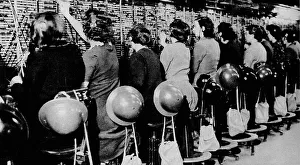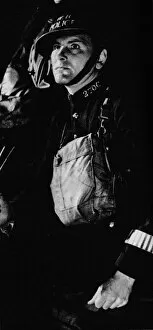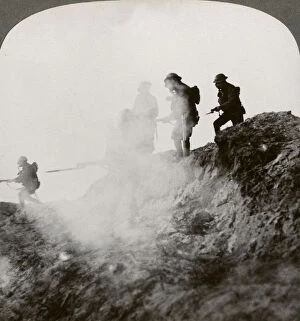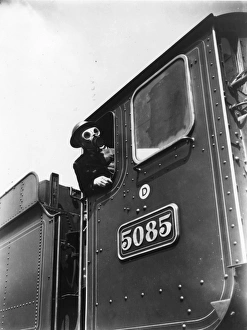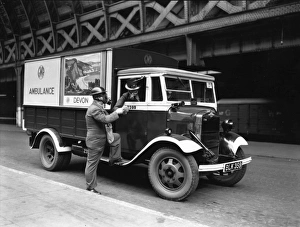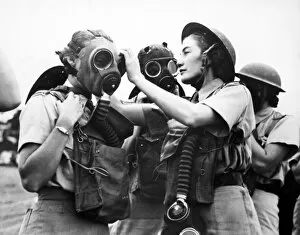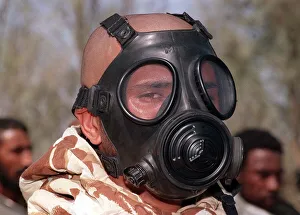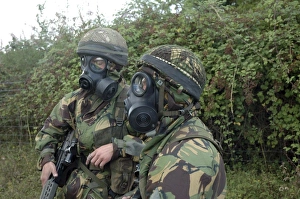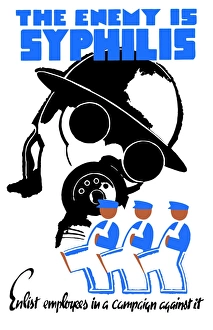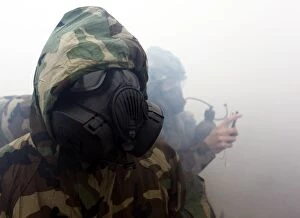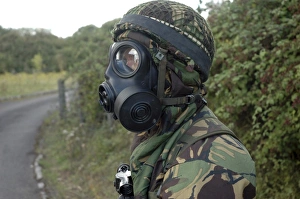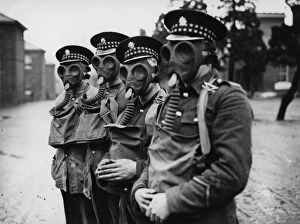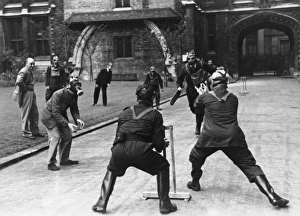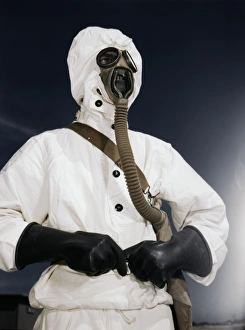Gas Mask Collection (page 4)
"Gas Masks: A Symbol of Protection and Resilience" In the annals of British history, gas masks have left an indelible mark
All Professionally Made to Order for Quick Shipping
"Gas Masks: A Symbol of Protection and Resilience" In the annals of British history, gas masks have left an indelible mark, serving as a testament to the nation's determination in times of adversity. From stamps commemorating Queen Elizabeth II to images capturing hooded British Territorials charging German trenches at Loos in 1915, these masks have become iconic symbols. During World War I, gas masks became essential for survival on the battlefield. The haunting image of soldiers equipped with gas masks amidst debris serves as a stark reminder of the horrors they faced. French soldiers also relied on these life-saving devices to counteract Germany's use of asphyxiating gases in their treacherous trenches. As conflicts evolved, so did the role of gas masks. In World War II, even civilians were prepared for air raids with cigarette cards illustrating Air Raid Precautions and GWR station staff members donning protective gear. Signalmen operated levers while wearing their trusty gas masks during wartime operations. The significance extended beyond humans; dogs too were outfitted with specially designed gas masks during war efforts. These loyal companions became "Dogs Of War, " standing alongside their human counterparts in times of danger and uncertainty. The resilience displayed by railway workers was evident when locomotive drivers donned air raid kits while operating trains amidst bombings. Even GWR parcel vans were converted into ambulances to aid those affected by conflict. Through it all, these humble yet vital pieces of equipment stood tall as guardians against deadly gases that threatened lives during both world wars. They remain poignant reminders not only of Britain's unwavering spirit but also its commitment to protecting its people from harm. So next time you encounter a depiction or mention of a gas mask – whether it be on a stamp or within historical photographs – take a moment to reflect upon the bravery and fortitude exhibited by those who wore them throughout history.








